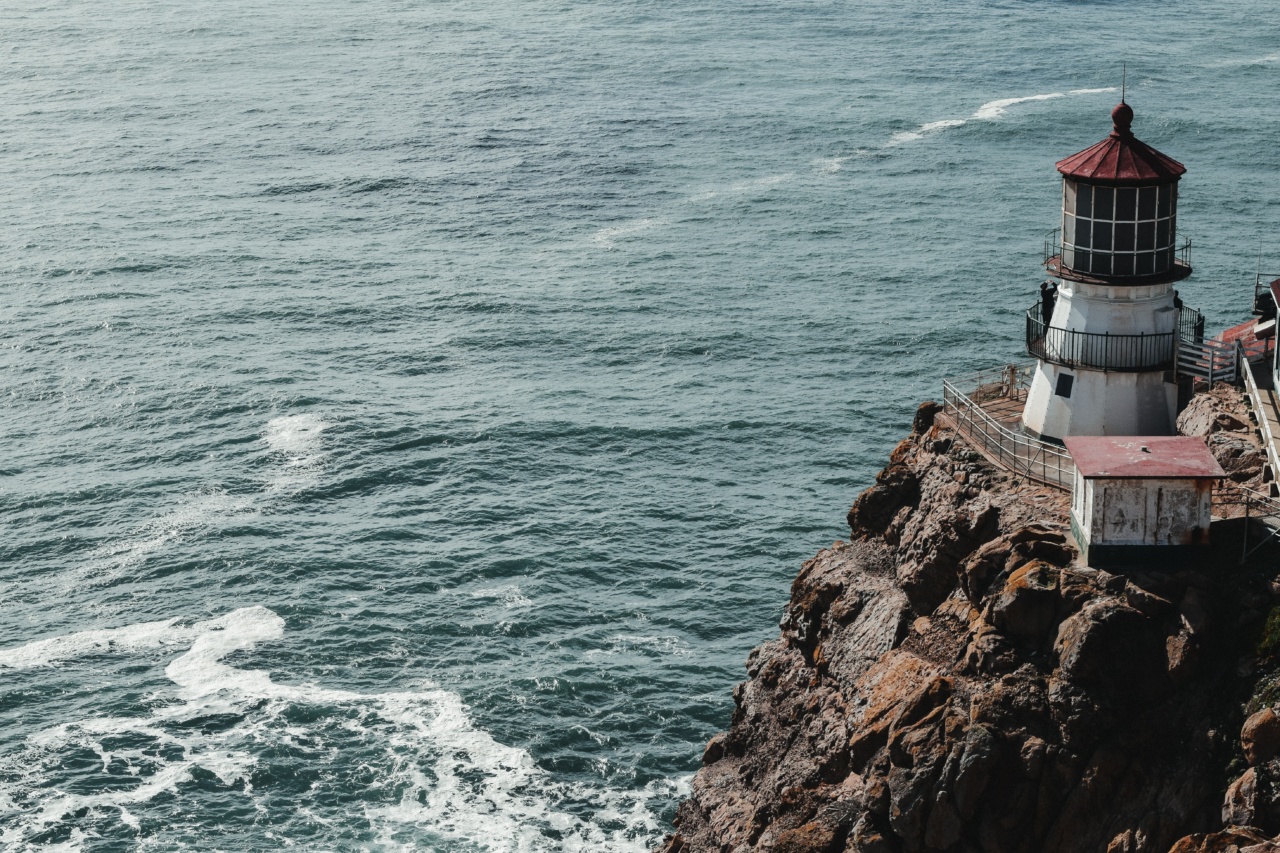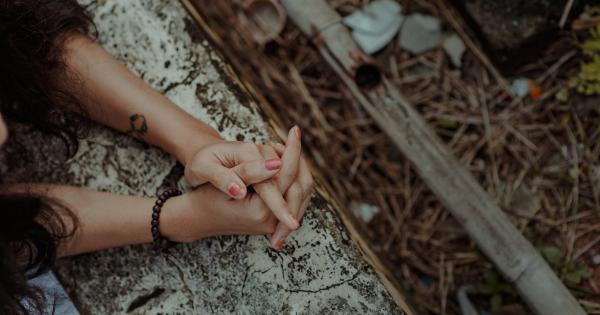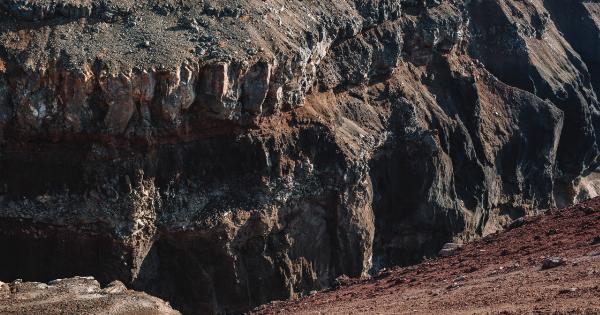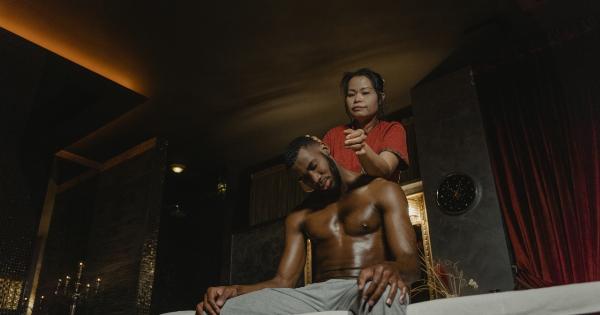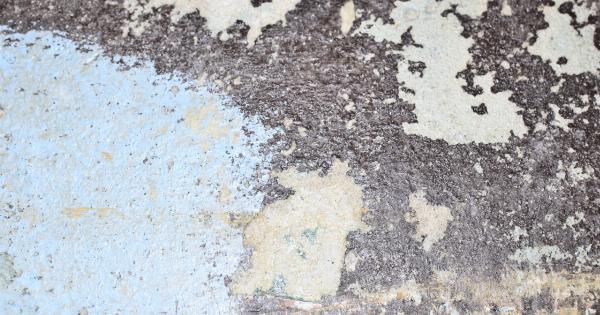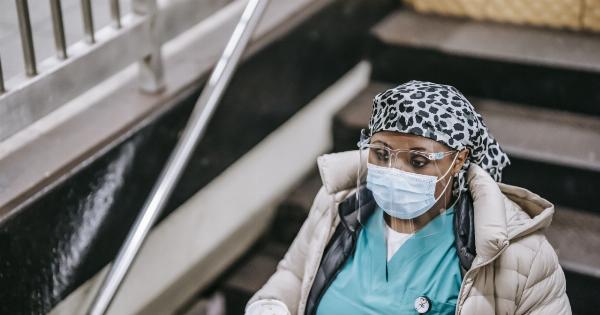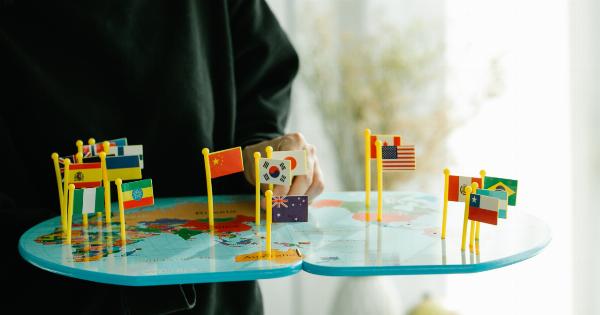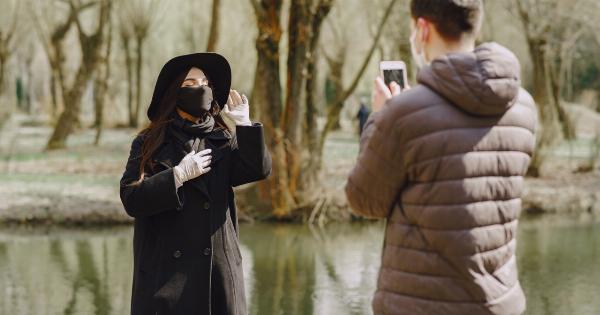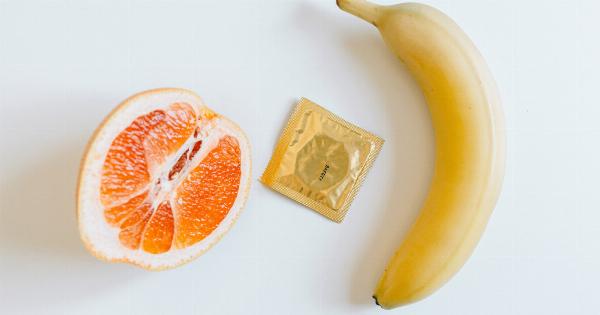Burns can happen to anyone, anywhere. Whether it’s in the kitchen, at the beach, or around a campfire, burns are a common and painful injury that can have long-lasting consequences if not treated properly.
In this guide, we’ll provide you with everything you need to know about dealing with accidental burns, from understanding the different types of burns to tips for prevention and treatment.
The Different Types of Burns
Before we dive into the specifics of dealing with accidental burns, it’s important to understand the different types of burns that can occur.
Thermal Burns
Thermal burns are the most common type of burn and occur when the skin comes into direct contact with a hot object, flame, or scalding liquid. These burns can range from minor to severe and often cause pain, redness, and swelling.
Chemical Burns
Chemical burns occur when the skin comes into contact with a harmful chemical, such as acids or alkalis. These burns can be very dangerous and can cause serious damage to the skin and underlying tissue.
Electrical Burns
Electrical burns occur when the skin comes into contact with an electric current. These burns are often very severe and can cause damage to the skin, muscles, and organs.
Sunburns
Sunburns occur when the skin is exposed to too much of the sun’s UV rays. These burns can range from mild to severe and often cause pain, redness, and blistering.
Prevention Tips
The best way to deal with burns is to prevent them from happening in the first place. Here are some tips for preventing accidental burns:.
Be careful in the kitchen
When cooking, be sure to use oven mitts and potholders to handle hot dishes and pans. Keep hot liquids away from the edge of counters and tables where they can be accidentally knocked over. And always use caution when using a stove or oven.
Be cautious around fires
Whether it’s a campfire, a fireplace, or a barbecue, always use caution when around flames. Keep a safe distance and make sure children and pets are supervised at all times.
Use protective gear
When working with chemicals or electricity, be sure to wear protective gear such as gloves, goggles, and insulated clothing. And when spending time in the sun, be sure to wear sunscreen and protective clothing to avoid sunburns.
Keep a first aid kit on hand
Having a first aid kit on hand can be crucial in the event of a burn. Make sure your kit includes items such as burn cream, sterile gauze, and bandages.
Treatment Tips
If a burn does occur, it’s important to know how to treat it properly to minimize the risk of infection and scarring. Here are some tips for treating burns:.
Assess the severity of the burn
The first step in treating a burn is to assess its severity. Minor burns can often be treated at home, while more severe burns may require medical attention.
Cool the burn
Hold the affected area under cool running water for at least 10 to 15 minutes. This will help to reduce swelling and alleviate pain. Do not use ice or butter on the burn as this can further damage the skin.
Apply a burn ointment
Once the burn has been cooled, apply a burn ointment or cream to the affected area. This will help to keep the area moist and prevent infection. Avoid using regular creams or lotions as these can irritate the burn.
Cover the burn
After applying the burn ointment, cover the burn with sterile gauze or a bandage. This will help to keep the area clean and prevent further damage.
Take pain medication
If the burn is painful, over-the-counter pain medication such as acetaminophen or ibuprofen can help to alleviate pain and reduce swelling.
When to Seek Medical Attention
While minor burns can often be treated at home, more severe burns may require medical attention. Here are some signs that you should seek medical attention:.
The burn covers a large area
If the burn covers a large area of the body, seek medical attention immediately. This could indicate a third-degree burn, which requires immediate medical attention.
The burn is deep or appears white or blackened
Deep burns that appear white or blackened should be treated by a medical professional. These types of burns can cause lasting damage to the skin and underlying tissue.
The burn is on the face, hands, feet, or genitals
Burns on these areas of the body can be particularly dangerous and should be treated by a medical professional.
The burn is accompanied by other symptoms
If the burn is accompanied by other symptoms such as fever, chills, or nausea, seek medical attention immediately.
Conclusion
Dealing with accidental burns can be a painful and stressful experience, but with the right knowledge and preparation, you can minimize the risk of injury and ensure proper treatment.
Remember to stay safe and always take preventative measures to avoid burns. And if a burn does occur, follow the appropriate treatment steps and seek medical attention if necessary.
